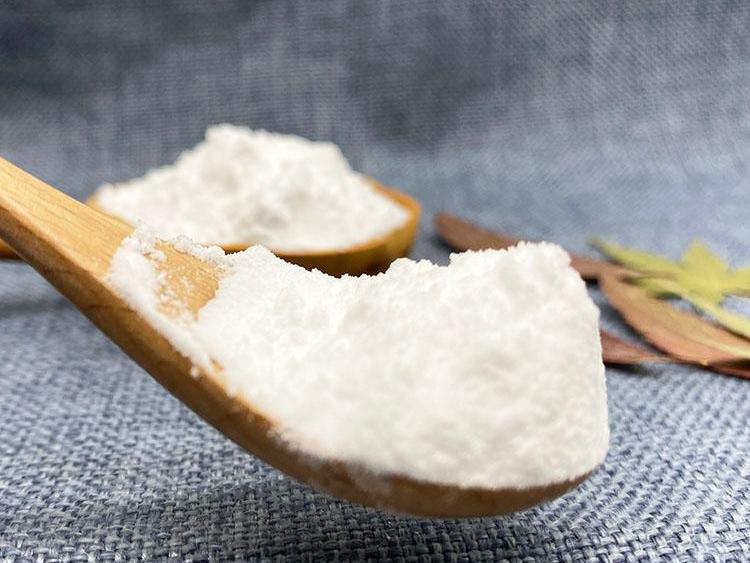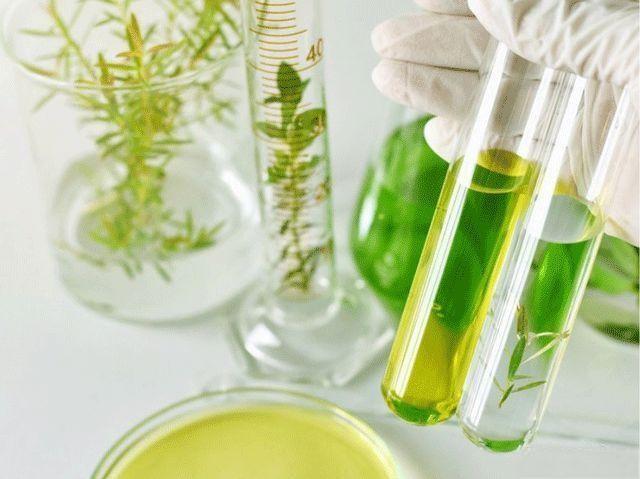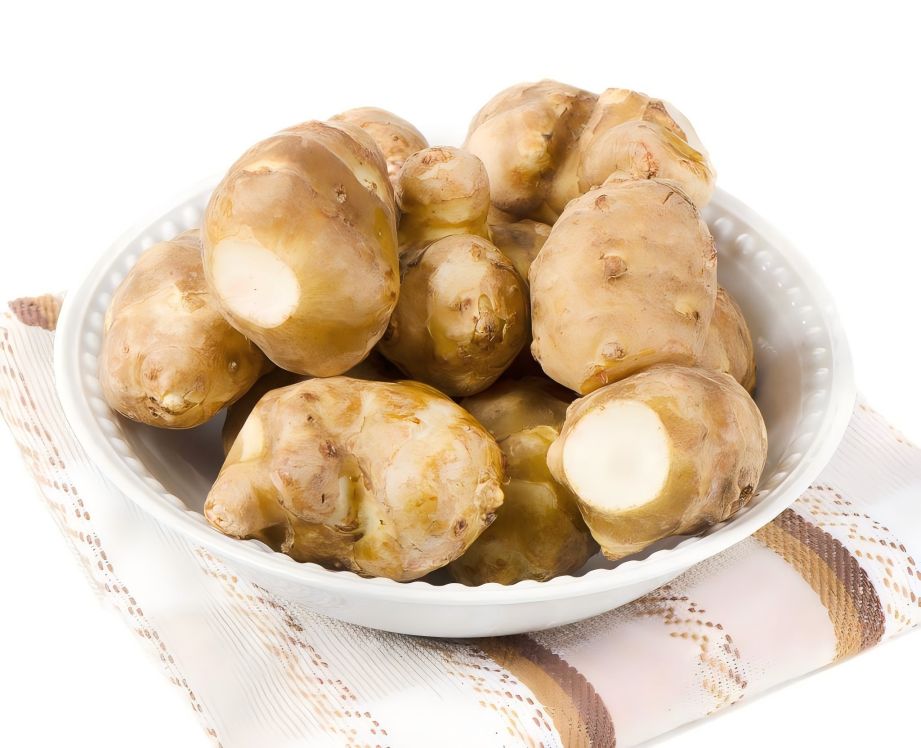What Are the Uses of Fructo Oligosaccharide FOS in Animal Feeding?
Functional oligosaccharides are a new generation of health products developed based on new concepts in nutrition and medicine. The General Technical Rules for Functional Oligosaccharides Industry Standards published by the state in 1999 defines functional oligosaccharides as substances composed of 2 to 10 identical or different monosaccharides linked by glycosidic bonds, and having certain common characteristics of sugars [1]. Research by domestic and foreign experts has shown that oligosaccharides can regulate the balance of the microflora in animals, selectively proliferate beneficial bacteria, inhibit the proliferation of harmful bacteria, prevent or reduce symptoms such as intestinal infections and relieve constipation. They are also beneficial for speeding up the removal of toxic substances from the intestines, improving the breeding environment and enhancing the immune system of animals[2].
Fructooligosaccharide (FOS) is a carbohydrate formed by linking 2 to 5 fructose units and one glucose unit with a fructofuranosidic bond. It was first researched and developed by the Japanese Meiji Fruit Company in 1980[3], and its industrial production and application in the food industry has been promoted.
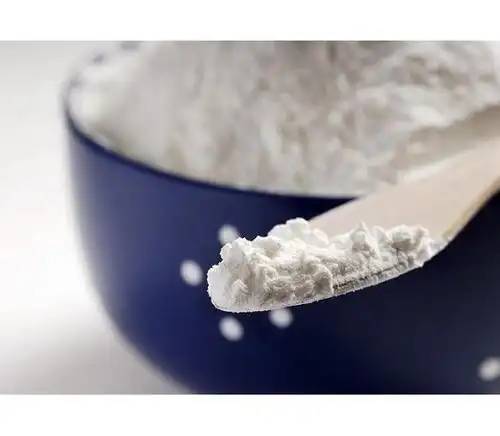
1 Physical and chemical properties of fructooligosaccharide
The refreshing sweetness of fructooligosaccharides is superior to that of sucrose, being about 30% to 60% of the sweetness of sucrose. In the temperature range of 0 to 70°C, the viscosity of fructooligosaccharides is similar to that of high fructose corn syrup. As the temperature increases, the viscosity of fructooligosaccharides decreases accordingly [4].
Fructooligosaccharides are stable in neutral solutions at temperatures below 120°C, but become highly susceptible to decomposition when the pH is less than 3 or the temperature is above 70°C. FOS is easily soluble in water, has good heat resistance, can inhibit starch aging, and has the characteristics of water retention, alkali resistance, shaping, non-coloring, and poor hygroscopicity [5].
2 Physiological functions of oligofructose
Oligofructose is not digested by animal α-amylase or trypsin, and can safely enter the intestines to be effectively used by beneficial bacteria[6]. Probiotics such as Lactobacillus and Bifidobacterium proliferate effectively, playing a role in regulating the ecological balance of intestinal microorganisms. Dandan Li et al. discovered a type of burdock oligofructose that, when added to the feed of mammals, can promote the growth of Lactobacillus and Bifidobacterium in the intestine. Unlike other fructose, it does not cause intestinal discomfort such as bloating [7].
Maintaining the ecological balance of the intestinal flora has a positive effect on animal health:
(1) lowering the intestinal pH, which is conducive to the proliferation of beneficial bacteria while restraining the growth of harmful bacteria;
(2) reducing diarrhea, improving the breeding environment, and reducing the production of toxic products such as phenols, nitrosamines, and ammonia;
(3) effectively reducing blood lipids and cholesterol in the blood;
(4) promoting mineral absorption and facilitating the synthesis of vitamins;
(5) improves the body's immunity and resistance to pathogenic microorganisms. Normally, the intestinal tract of animals lacks bacteria that can digest and absorb sugars
(which have already been digested and absorbed previously). Research has shown that different types of bacteria have different abilities to absorb FOS. The beneficial bacteria Bifidobacterium preferentially utilize FOS to stimulate growth activity and thus improve the intestinal microecology of animals [8].
3 Fructooligosaccharide production process
In the industrial process of extracting fructooligosaccharides, the raw materials used are mainly the following two: chicory, which is first heated and cooked to extract inulin, and then enzymatically hydrolyzed to produce fructooligosaccharides with different degrees of polymerization between 2 and 10; sucrose, about 50% of which is enzymatically hydrolyzed by microorganisms under certain conditions to produce fructooligosaccharides. The fructooligosaccharides produced also contain some glucose, fructose and sucrose. If high-purity fructooligosaccharides are required, they can be removed using membrane separation technology or yeast fermentation [9]. 3.1 Microbial fermentation method for producing fructooligosaccharides The important method for extracting and preparing FOS in actual production is the microbial fermentation method. , a membrane separation technique or yeast fermentation can be used to remove it [9].
3.1 Microbial fermentation method for producing fructooligosaccharides
Extraction and preparation The important method for the practical production of FOS is the microbial fermentation method. Strains that can produce high yields of FOS are selected and optimized from soil or other natural sources such as moldy beets.
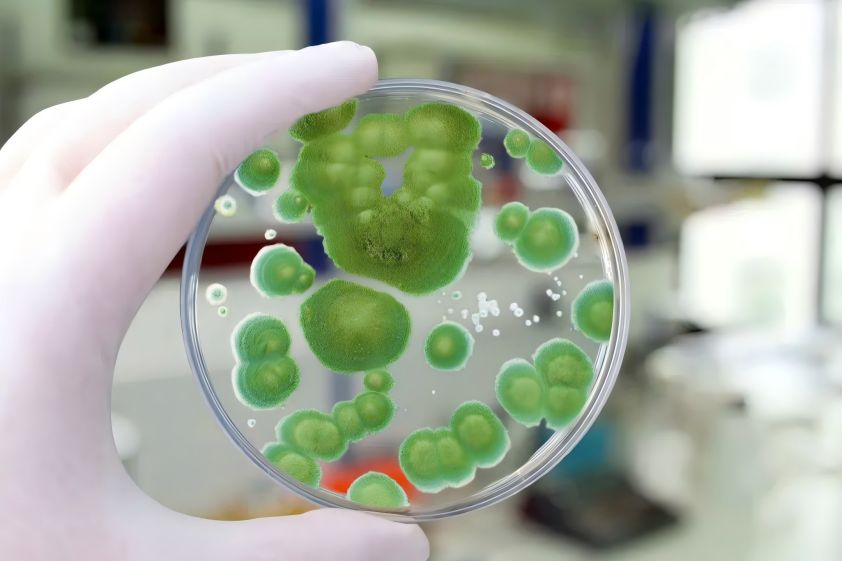
The production equipment required for microbial fermentation to produce oligofructose includes a reactor, seed fermenter, feeding device, heating device, drying and purification device, ultrasonic crusher, crushing and packaging, and centrifuge [10].
3.2 Production of oligofructose by immobilized cell fermentation
The advantages of the immobilized cell fermentation method are sustainable production, a high degree of automation, simple operating procedures and the fact that the active bacteria are fully utilized.
3.3 Enzyme or immobilized cell pre-treatment for the production of fructooligosaccharides
In the preparation of fructooligosaccharides by immobilized cell and enzymatic methods, the hydrolysis reaction also produces by-products such as glucose, which inhibits the further conversion of sucrose. The addition of Aspergillus niger or other enzymes that can work synergistically to oxidize or isomerize the glucose produced can reduce the inhibitory effect of glucose and increase the content from 50% to 60% to 63% to 71% [11].
3.4 Production of fructooligosaccharides by the double enzyme method
The double enzyme method uses regular fructooligosaccharides obtained by single enzyme hydrolysis as raw material, and adds two enzymes, glucose oxidase and peroxidase, to obtain fructooligosaccharides through synergistic action under suitable conditions [12].
4 Application of oligofructose in the feed of farmed animals such as pigs and chickens
In the process of alleviating the crisis caused by the abuse of antibiotics in feed and seeking safe and effective alternatives to antibiotics, oligofructose has gradually attracted the attention of farmers due to its effects of promoting growth, improving feed utilization and improving the breeding environment, and is being used in production to replace antibiotics.
4.1 Application of oligofructose in pig farming
Adding oligofructose to pig farming can significantly improve the pig's digestive ability and intestinal flora, increase the average daily weight gain and feed reduction ratio, reduce the incidence of diarrhea, increase breast milk lactation, and improve the breeding environment.
In an animal experiment with FOS, Wang Kun and others at Liaoning Medical College added 0.2%, 0.5% and 0.8% FOS to the feed of weaned piglets, and after 28 days, carried out relevant tests and analyses. The results showed that different doses of FOS had a significant effect on the activity of amylase in different parts of the intestine. Among them, the 0.5% oligofructose group was significantly higher than the control group, which can reduce the pH of the piglets' gastrointestinal pH (P<0.05), a decrease in the number of Escherichia coli and an increase in the number of lactobacilli, but the difference between the test groups was not significant (P>0.05)[13].
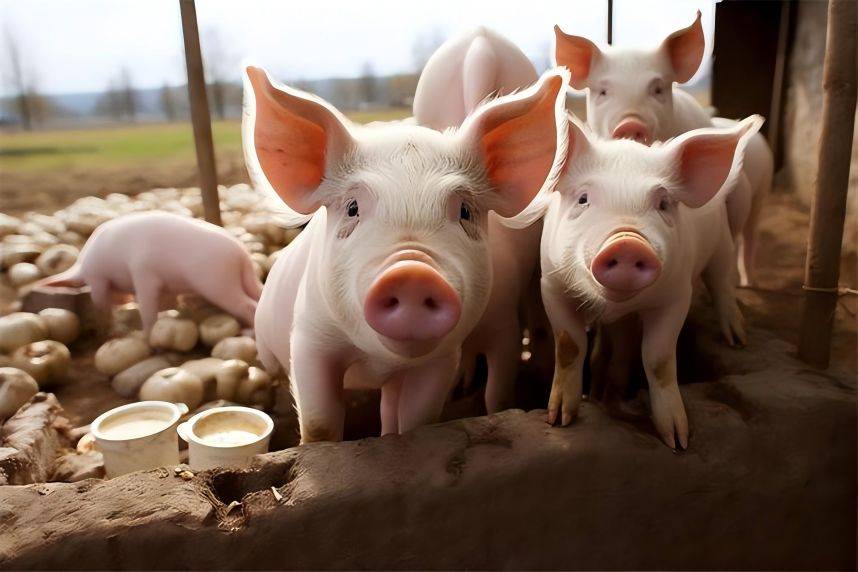
Adding oligofructose to the feed of pigs of different ages has a good weight gain effect. In Estrada's study on weaned piglets, the average daily weight gain and feed utilization of the test group fed a diet containing 1.5% oligofructose were significantly higher than those of the control group (P<0.05) during the first week of weaning. On the 7th day, the number of bifidobacteria in the test group piglets increased, and the activity of clostridia was significantly reduced (P<0.05). Bifidobacterium count increased, and Clostridium perfringens activity significantly decreased (P<0.05); inhibition of rotavirus and Escherichia coli effectively reduced diarrhea in piglets, improving the production performance of weaned piglets. Farnworth added a 1.5% oligofructose mixture with degrees of polymerization of 2, 3, and 4 to the weaning piglet diet, and the results showed that the weaning piglets increased significantly [9].
Kitasato University in Japan conducted an experimental study and found that FOS can promote breast milk secretion and shorten the interval between estrus. A certain farm continued to add a certain amount of FOS to the feed, and the results showed that the average number of piglets born increased by 0.7, the sperm quality of the male pig increased by 20% to 25%, the probability of conception increased significantly, the average weight of the weaned piglets increased by 16.7%, and the diarrhea rate decreased significantly. The comprehensive effect of FOS fructan and antibiotics in pig farming showed that feeding 0.15% FOS in the feed increased the average daily weight gain by 4.17% and the biological comprehensive evaluation value by 1.8%. However, there are different opinions: Komegay believes that fructan has no significant effect on the actual production performance of pigs, while Houdijk believes that fructan needs to be adapted to by piglets in order to be effective [9 ]. Zhang Lei et al. conducted an animal experiment in a pig farm in Hangzhou to explore the effects of FOS on the production function and immune function of sows. Twenty sows with large heads were randomly divided into four groups. The results showed that 0.2% FOS could reduce the body weight of weaned piglets (P<0.05) and significantly increase the concentration of serum IgG and sIgA antibodies (P<0.05) ). Feeding 0.2% FOS can improve the immune function of sows and piglets [14].
4.2 Application of oligofructose in chicken farming
Fructooligosaccharides can improve the immune function of chickens, increase their egg production rate and weight gain. In a comparative test of the effects of antibiotics and fructooligosaccharides on regulating the immune system of Taihe chickens, Qu Mingren, Song Xiaozhen and others dissected and measured the serum protein content of Taihe chickens at 5 and 10 weeks, respectively. The results showed that the spleen bursa and thymus index of the fructooligosaccharide group were significantly increased [15]. Oyzabal found that the immune function of broilers was improved after feeding oligofructose; Oyofo added 2.5% FOS to the drinking water of chicks with a Salmonella content of 108/g, and the positive rate of Salmonella in the flock decreased by 26%, which was almost halved, and the number of Salmonella in the cecum decreased by three units of CFU) [9], indicating that oligofructose can reduce disease and thus reduce the risk of farming.
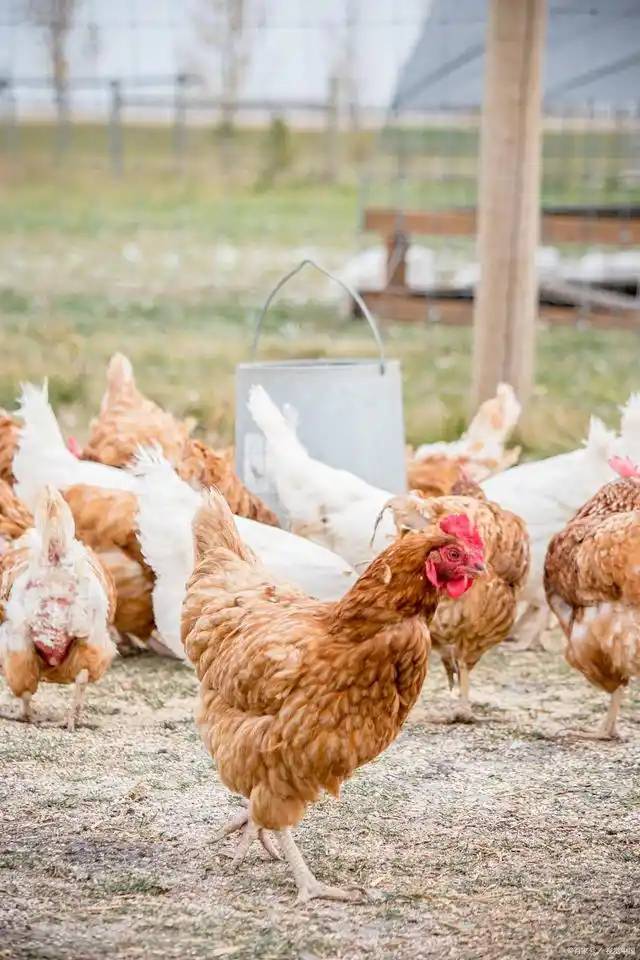
Ammweman et al. studied groups of one-day-old female chickens and added 0.375% and 0.75% oligofructose to the diets of the two groups. The test data showed that the breast muscle weight and body weight of the test groups were all increased to varying degrees. Wu Tianxing optimized the amount of oligofructose to be added to broiler feed. Oligofructose between 0.25% and 0.5% can significantly promote chicken growth and improve feed utilization efficiency. Fishein et al. proved that adding oligofructose to feed can promote broiler production. Gao Feng et al. reported that adding oligofructose to feed can effectively increase chick weight gain. Continuous feeding for for 21 days, the weight gain of the experimental group was about 12% to 13%, and the feed conversion ratio was reduced by 6% to 8% (P<0.05). The addition of FOS also changed the levels of T3, T4 and insulin in the blood. The T3 and T4 levels in the experimental group were increased by 27% (P<0.01) and 17% (P>0.05), respectively, and the insulin level was increased by 80.7% (P<0.05)[9].
4.3 Application of oligofructose in other animal diets
The scope of application of oligofructose is defined in the Catalogue of Feed Additives 2013 implemented in February 2014, which states that it is suitable for farmed animals[16]. This shows that the scope of application of oligofructose is very broad. The following are examples of the use of oligofructose in other animals.
Liu Guohong et al. used 30 mice in a test to explore the hypolipidemic effect and mechanism of FOS. The results showed that the serum TG content of the test group of mice was reduced (P<0.01), and FOS adsorbed 46.87% of the serum cholesterol in animals with hyperlipidemia [17], indicating that FOS can significantly alter lipid absorption and metabolism. Ren Lu et al. of the Dairy Research Institute of Bright Dairy & Food Co., Ltd. explored whether functional milk (the main active ingredient of which is oligofructose) mixed with oligofructose, inulin and selenium-enriched yeast could enhance immunity in a 30-day experiment to test the immunomodulatory effect of functional milk (the main active ingredient of which is oligofructose) on mice. The results showed that changes in dosage had no significant effect on the body weight of mice. In the medium dosage group, the phagocytic ability of macrophages among immune cells was significantly improved, and the high dosage group had a significant effect on the transformation of mouse lymphocytes, the promotion of antibody production, the increase in antibody volume, the delayed hypersensitivity reaction, and the phagocytic ability of mouse macrophages [18].
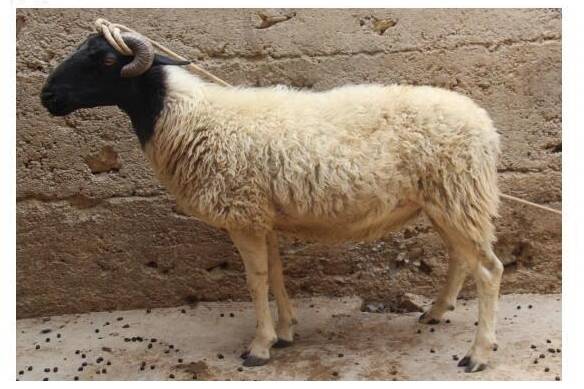
Oligosaccharides can regulate the rumen flora of weaned lambs. Wang Xinfeng et al. [19] studied oligosaccharides and took 40 weaned lambs of similar age and weight, randomly divided into 4 groups for the control experiment. The control group was fed only a basal diet, and the oligofructose group was fed a basal diet with 0.3% oligofructose added. After 35 days of feeding, the results showed that the total number of rumen bacteria in the oligofructose group increased and the diversity was significantly reduced (P<0.05), and the number of R. flavefaciens and F. succinogenes was significantly increased.
Mu Yuan and other researchers found that oligosaccharides have a significant promoting effect on the growth of fish, reduce the mortality rate in aquaculture, and reduce the ammonia content in excrement, effectively preventing pollution[20]. There are also a few reports that show that the effect of oligofructose on promoting the growth and development of animals is not significant. Koayash added 0.75% oligofructose to the feed of dairy cows. The test results showed that there was no change in the weight gain, milk yield and milk fat rate of dairy cows [9].
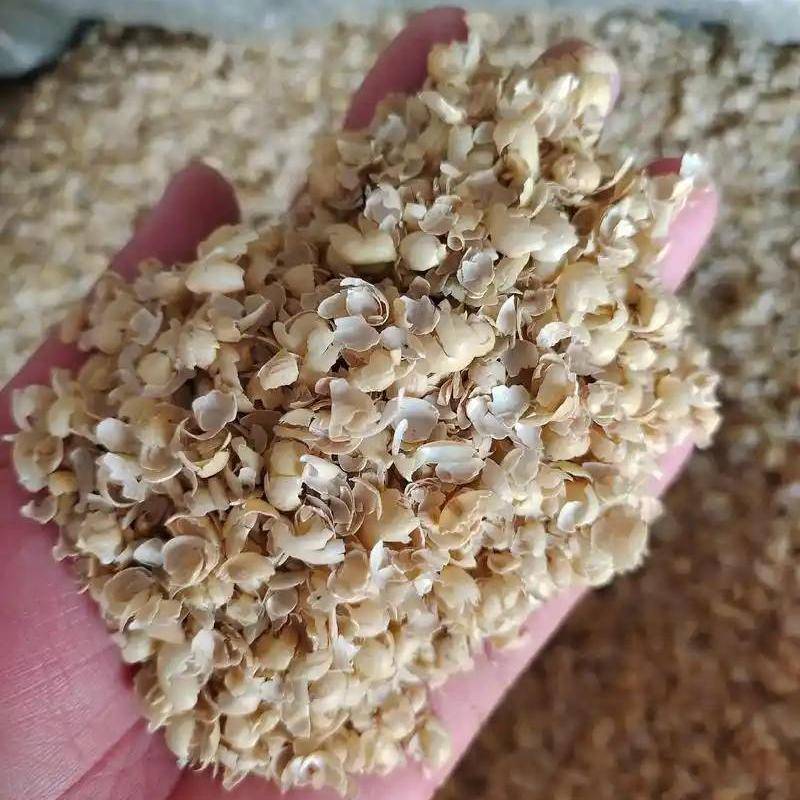
5 Outlook
Finding additives that can replace the role of antibiotics while being safe and effective is a topic that has been continuously explored in recent years. Due to its functional characteristics, fructooligosaccharides have gradually entered the field of vision of scholars and farmers as research techniques continue to mature. In addition, with the continuous improvement of people's quality of life in China, pets are a product of diversified consumption, and the number of various pet cats, dogs, fish, and birds is continuing to grow. The domestic pet food market is developing rapidly. Fructooligosaccharides have broad prospects for future use in animal feed.
References
[1] Jiang, Z. M. Development and application of functional oligosaccharides [J]. Food Safety Guide, 2010(09): 48-49.
[2] Min Li, Liu Liheng, Xu Lanjiao. Research progress of functional oligosaccharides [J]. Feed Research, 2012(09): 18-22.
[3] Hu Xuezhi, Wu Jianfeng. Physiological function, production and application of fructooligosaccharides [J]. China Food Additives, 2007(06): 148-157.
[4] Wang Shihua, Bai Wenzhao, Luo Jinhua et al. Application of oligofructose in feed [J]. Grain and Feed Industry, 2002 (03): 25-26.
[5] Jiang Bo, Wang Zhang. Functional feed additives - oligofructose [J]. Grain and Feed Industry, 1997 (07): 27-29.
[6] Fan Ziying. Application of functional oligosaccharides in animal husbandry [J]. Grain and Feed Industry, 2000 (11).
[7] Dandan L, et al. Prebiotic effectiveness of inulin extracted from edible burdock. Anaerobe, 2008 (14): 29-34.
[8] Guo Xinghua. Probiotics [M]. Beijing Science Publishing House (Beijing 2002).
[9] Huang Haiqing, Wang Yizhen. Application and research progress of oligofructose in animal nutrition [J]. Feed Wide Angle, 2002 (16): 26-28.
[10] Tang Jun, Zhang Haitao. Properties of oligofructose and new fermentation process for its production [J]. Chemical Industry and Engineering Technology, 1999 (02).
[11] Shi Xiaoli. Production process and application of oligofructose [J]. Farming and Feed, 2010 (05): 45-48.
[12] Wang Duoren. Development of oligofructose. Guangxi Sugarcane, 2002(04).
[13] Wang Kun, Bi Congming, Chen Qiang et al. Effects of oligofructose on digestive enzyme activity, intestinal flora and gastrointestinal pH in weaned piglets. Feed Research, 2014(11):28-30.
[14] Zhang Lei, Wang Jianfeng, Yao Yao, et al. Study on the effects of adding oligofructose or inulin to the diet of lactating sows on production performance and serum antibody concentration [J]. Zhejiang Animal Husbandry and Veterinary Medicine, 2014 (02): 1-4.
[15] Qu Mingren, Song Xiaozhen, You Jinming. Research on the immune-promoting effect of oligofructose replacing antibiotics in Taihe chickens [J]. Feed Industry, 2003 (12): 27-28.
[16] Ministry of Agriculture of the People's Republic of China. Catalogue of feed additives [Z]. 2013-12-30.
[17] Liu Guohong, Ma Jiaojie, Wei Ying et al. Discussion on the hypolipidemic effect and mechanism of oligofructose [J]. Food and Drugs, 2015 (01): 34-37.
[18] Ren Lu, Zhang Fenghua, Miao Junli et al. Research on the immunomodulatory effect of functional milk on mice [J]. Food Research and Development, 2013 (07): 24-30.
[19] Wang Xinfeng, Leng Qingwen, Li Zhiyuan et al. Effect of oligosaccharides on the rumen flora of weaned lambs [J]. Journal of Animal Nutrition, 2010 (05): 1396-1402.
[20] Liu Hongmei, Feng Junrong. Functional oligosaccharides—a new type of aquatic feed additive [J]. Qilu Fisheries, 2006 (04).


 English
English French
French Spanish
Spanish Russian
Russian Korean
Korean Japanese
Japanese